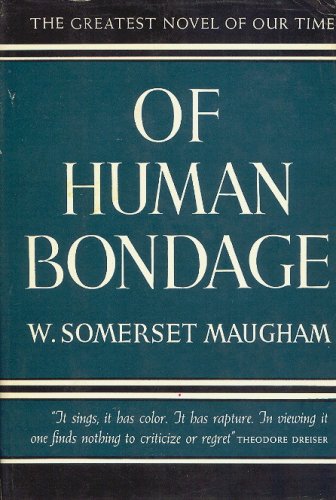Is being confined indefinitely in a solitary prison cell “cruel and unusual punishment” and does it violate a prisoner’s right to due process?
A team of students at the University of Denver Strum School of Law and two of their professors claim the answer to both questions is yes. In 2007, they filed a civil rights lawsuit against the federal Bureau of Prisons (BOP) on behalf of a familiar name: Thomas Silverstein.

Silverstein sent me this drawing after I mailed him one of my books. Several BOP officers were angry that I gave him a copy but didn't offer them one.
Silverstein is a major character in my book, The Hot House: Life Inside Leavenworth Prison, and someone I have known since 1987. That’s when I became the first and – to date — the only reporter ever allowed to interview him in prison.

 Think of a book that had an impact on you.
Think of a book that had an impact on you. Joe and his wife, Amy, lived in Caratunk, a picturesque town of about 110 residents nestled in the state’s northern hills. Joe is a rugged, friendly man, who worked as a senior technician for the Maine Department of Transportation before retiring several years ago. Amy, served as the town’s treasurer. Their son, William – known as Willy – is the oldest of three boys. The family lived in a 100-year-old farmhouse that sits near the banks of a winding, rock-strewn stream.
Joe and his wife, Amy, lived in Caratunk, a picturesque town of about 110 residents nestled in the state’s northern hills. Joe is a rugged, friendly man, who worked as a senior technician for the Maine Department of Transportation before retiring several years ago. Amy, served as the town’s treasurer. Their son, William – known as Willy – is the oldest of three boys. The family lived in a 100-year-old farmhouse that sits near the banks of a winding, rock-strewn stream. Sacramento and Reno. When her boss called and asked if she could fill-in for a few days over the holiday season, she immediately agreed.
Sacramento and Reno. When her boss called and asked if she could fill-in for a few days over the holiday season, she immediately agreed.

